What Surfaces Can You Ground On? Find Out the Best Options for You
We live in a world where we spend most of our time indoors, disconnected from the Earth's natural energy. This separation can impact our well-being.
But what if we told you that reconnecting is simpler than you think? In this article, we will show you how to find safe and effective grounding surfaces.
📍 Quick Comparison for Effective Conductive Grounding Surfaces
| Conductive Surface | Conductivity Level | Best Use Case | * Notes |
| 🌊 Natural Bodies of Water | Very High | Standing, swimming, soaking | Mineral-rich water enhances conductivity |
| 🏕️ Grass | High | Walking, sitting, standing | Best when damp; ideal for outdoor relaxation |
| 🍂 Soil | High | Barefoot walking, gardening | Primal and direct contact; rich in natural minerals |
| 🏖️ Sand | Moderate to High | Walking barefoot on beach shore | Wet sand improves conduction |
| 🧱 Unsealed Concrete/Brick/Ceramic | Moderate | Patios, paths, cracked sidewalks | Must be unsealed and preferably damp |
| 🪨 Unsealed Stone/Rock | Moderate | Stone patios, natural rock areas | Avoid sealed or painted stones |
| 🌳 Living Plants (rooted in soil) | Low to Moderate | Touching or sitting near plants | Only effective if plants are grounded in soil |
✅ Surfaces You Can Ground On (Conductive)
You want to connect with the Earth's natural energy. But what surfaces let you do it? The key is finding conductive earthing materials that allow the human body to absorb electrons directly. Think of it like plugging yourself into the planet's power source.
The most effective conductive surfaces for grounding are those that are part of the Earth itself. Walking barefoot on natural ground is the oldest, simplest grounding technique. You instantly feel the difference.
🤩 Here are the prime spots where you can practice grounding and gain those many benefits:
-
Natural Bodies of Water: Oceans, rivers, lakes, and streams are excellent for grounding. Water, especially mineral-rich seawater, is highly conductive. Standing or swimming in it creates a direct electrical connection with the Earth.

-
Grass: A lush lawn is a fantastic place to ground. Whether you're standing, sitting, or walking, the grass provides excellent direct contact between your body and the Earth. We find this makes outdoor relaxation a breeze.

-
Soil: Digging your feet or hands into the soil is another powerful way to connect. Gardens, dirt paths, or even a patch of exposed earth work wonders. It's a primal connection that helps fight free radicals.

-
Sand: If you're near a beach, lucky you. Sand is highly conductive, especially when wet. Taking a stroll along the shoreline while walking barefoot offers immense benefits for stress and sleep.

-
Unsealed Concrete/Brick/Ceramic: These surfaces can be surprisingly effective, especially when wet. Even those with a water-based sealant can work, as long as there’s no plastic layer underneath. The moisture and mineral content help conduct the Earth’s energy. Avoid painted or fully sealed versions, which block conductivity.

-
Stone/Rock (Unsealed): Natural stones and rocks, as long as they are unsealed, can also provide a conductive path. Think of a smooth river rock or a natural stone patio.

-
Living Plants (Outdoors): Touching or sitting among living plants—especially those rooted in the ground—can support earthing, too. Just ensure they’re growing in soil that allows electron flow. This is particularly useful if you don’t want to go barefoot.

Many people report feeling a calm energy almost immediately when they ground on these surfaces. This isn't just anecdotal; research evidence in the Journal of Environmental and Public Health points to significant health benefits.
For instance, a case history series study published in a biomedical journal highlighted how grounding patients with chronic inflammation showed remarkable improvements, acting as a universal anti-inflammatory remedy. This suggests connecting to the Earth can influence our immune response and reduce chronic pain.
❌ Surfaces You Cannot Ground On (Non-Conductive)
Now that you know where to ground, let's talk about where you can't. Just like some materials conduct electricity, others act like insulators, blocking that vital direct contact between your body and the Earth. Trying to practice grounding on these won't give you the health benefits you seek.
You want to avoid anything that creates a barrier between your body and the Earth. Here are the common culprits:
-
Asphalt or Tar: This common road and driveway material is a petroleum product. It's designed to be durable, but it's not conductive. Walking on asphalt provides no grounding connection whatsoever.

-
Wood: While natural, wood is an insulator. Trees can conduct energy when alive and rooted in the Earth, but once wood is cut and dried, it loses conductivity. Whether it’s a wooden deck, floor, or tree trunk, it won’t allow earthing. You must make direct contact with the soil beneath.

-
Vinyl, Rubber, and Plastic: These synthetic materials are excellent insulators. Your shoes often contain rubber or plastic soles, which is why walking barefoot is so important for grounding. Think of grounding socks made purely from insulating fabrics – they won't work.

-
Painted or Sealed Concrete/Brick: While unsealed concrete works, adding paint or a sealant creates a non-conductive layer. The same goes for brick with a sealant.

-
Carpeted Indoors: Carpet blocks skin contact with the conductive surface beneath it. Even if the subfloor is concrete, the carpet acts as a barrier, preventing grounding. Grounding mats or pads are often used indoors to bypass this issue.

-
Elevated Structures: Balconies, upper floors of buildings, and even insulated patios lift you away from the Earth's direct surface. You're simply too far up to establish a proper connection.

-
Artificial Grass: Although it looks like real grass, artificial turf is made from synthetic materials and usually sits on insulating layers like foam or crushed rock. It’s not connected to the Earth and doesn’t allow grounding, even outdoors.

-
Living Plants in Pots (Indoors): Potted plants have limited grounding unless the pot is unglazed clay, well-rooted, and placed on a conductive surface connected to Earth. Even then, grounding effects are uncertain.

Even if you're outdoors, these non-conductive surfaces act like a wall. You won't get the stress reduction, improved sleep, or reduced inflammation that grounding promises. We often see people trying to ground on their deck, unaware they're missing out on the full effect.
This is why our grounding fitted sheets are designed to connect directly to a grounded outlet, bypassing these everyday insulators and allowing you to connect with the Earth's energy while you sleep. They offer a consistent way to practice earthing when outdoor options are limited.
💡 Additional Tips for Grounding Outdoors
You're ready to ground outdoors, stepping onto that liberating grass or soothing sand. To truly maximize your experience and ensure you get the most out of every session, a few extra tips can help. We want you to feel that powerful flow of Earth's energy.

Consider these pointers for better outdoor grounding techniques:
-
Go When It's Damp: Moisture significantly increases conductivity. If the soil or grass is damp from rain, dew, or even a sprinkler, your connection will be stronger. This makes it easier for your body to absorb electrons.
-
Avoid chemically Treated Areas: Stay away from locations that may have been recently treated with pesticides, herbicides, or other chemicals. Your skin may absorb these substances during grounding.
-
Choose Clean Water: If grounding in oceans, lakes, or rivers, make sure the water is clean. After rainfall, wait 72 hours before entering — runoff may carry harmful pollutants.
-
Observe Concrete: Concrete poured directly on the Earth can conduct electricity. If you see cracks with weeds, it’s likely grounded. Smooth, flawless sidewalks often have insulation layers beneath and block earthing.
-
Wear socks mindfully: Natural-fiber socks (like cotton or wool), especially when damp, may allow limited grounding. Avoid synthetics. For better results, use conductive grounding socks — but barefoot is always best.
-
Maximize Contact: Don't just stand on your tiptoes. Spread your toes, walk around, or even lie down if the surface is clean and safe. More skin contact means a better connection to the ground.
-
Be Consistent: Like any beneficial practice, regularity matters. Go for 20-30 minutes daily. Even short, frequent sessions add up to measurable grounding health benefits.
-
Check for Safety: Always inspect the surfaces you're on. Look for sharp objects, thorns, or anything that could injure your feet. Your safety is paramount.
-
Mind Your Environment: While the air around you doesn't conduct, being in nature enhances the experience. The sounds, sights, and smells contribute to overall well-being and help reduce stress and anxiety.
Remember, this ancient practice of "grounding," as it's sometimes called earthing, is about connecting with the planet. It's a natural way to support your immune response, manage chronic pain, and even help improve sleep. The more you embrace these lifestyle medicine strategies, the more profound the positive effects can be on your body and mind.
What You Can Do During Grounding
So, you've found a great spot to ground – maybe a patch of grass, some wet sand, or even unsealed concrete. Now what? The beauty of grounding therapy is its simplicity. You don't need fancy equipment or complex rituals. It's about letting your body make direct contact with the Earth over time.
You can engage in various activities while you practice grounding. The key is to ensure your skin, typically your feet, remains in contact with the conductive surface.

Here are some ideas:
-
Simply Stand or Sit: The easiest way to ground is to just stand or sit with your bare feet on the ground. You can close your eyes, breathe deeply, and just be. Many find this helps reduce stress and promotes a sense of calm.
-
Walk Around: Take a leisurely stroll. Walking barefoot on grass or sand is not only a fantastic way to ground but also a sensory experience. You feel the textures, the temperature – it's all part of the connection.
-
Stretch or practice yoga: Gentle movement helps relax muscles and improve circulation. Doing yoga or simple stretches outdoors enhances both physical well-being and the grounding experience.
-
Garden: Get your hands dirty! When you work in the soil with bare hands, you're earthing. This combines the physical benefits of gardening with the electrical benefits of Earth contact.
-
Meditate or Read: If you enjoy quiet activities, bring them outside. Sit on the grass or unsealed stone with your bare feet and read a book or practice mindfulness. You get the benefits of grounding therapy while doing something you love.
-
Sunbathe: Lie down on grass, sand, and soak up natural sunlight while remaining grounded. This helps regulate circadian rhythm and boosts vitamin D levels.
-
Nap Outdoors: Find a safe, comfortable spot on a conductive surface and take a short nap. This allows your body to absorb electrons and potentially improve sleep quality, even if it's just for a few minutes.
⏳ The goal is consistent contact. Even 20-30 minutes a day can make a difference in your energy levels and help manage inflammation.
We know from research and clinical observations that making direct contact with the earth can influence everything from blood pressure to your overall immune response. This includes a result of heal wounds, controlled cardiovascular disease, and other health benefits. It's an ancient practice that continues to show incredible modern-day health benefits.
Top Indoor Grounding Alternatives for Everyday Uses
You know the power of direct contact with the earth, but what about when you can't get outside? Maybe the weather is rough, or you live in an apartment without easy access to grass or soil. Don't worry – you can still practice grounding indoors and enjoy its health benefits.
We have several indoor grounding options that bring the Earth's energy right to your living space. Here are ways and products to ground yourself from the comfort of your home:
-
Grounding Sheets: This is where our grounding sheets come in. Our King and Queen size grounding fitted sheets are made with 95% organic cotton and 5% pure silver fiber. We weave the silver fibers right into the fabric. It’s a simple, effective way to ground your bed to the Earth and enjoy the benefits of earthing while you sleep.
-
Silver is highly conductive, allowing you to absorb electrons directly from a grounded outlet in your home. You simply connect the sheet to the ground port of a wall outlet using the included cord. This turns your bed into a large, comfortable grounding surface.
-

-
Grounding Mats: Similar to sheets, grounding mats offer the same way to connect indoors. You can place a mat on your floor, under your desk while you work, or wherever you typically sit. You place your bare feet or hands on the mat.
-
Grounding Patches: For targeted relief, grounding patches are adhesive patches you apply directly to your skin. These patches contain a conductive gel and connect via a cord to a grounded outlet. They can be helpful for localized pain or inflammation.
-
Grounding Socks: While most regular socks insulate, special conductive grounding socks exist. They are designed with silver or carbon fibers woven in to allow electron transfer when connected to an earthing system.
Many people report feeling more balanced, experiencing reduced anxiety, patients with hypertension improve blood pressure, and even find that chronic pain lessens after incorporating indoor grounding products into their routine. This is a practical lifestyle medicine strategy for everyday well-being.
Are You Ready to Reconnect with Earth's Energy Using Homlyns?
You now have the knowledge to reconnect with the Earth's natural rhythm. Whether you step outside onto grass or bring the connection indoors, prioritizing grounding therapy can profoundly impact your well-being. It’s a simple yet powerful lifestyle medicine strategy.
Here's what we covered:
-
Natural surfaces like soil and sand are ideal for direct contact.
-
Avoid insulated surfaces such as asphalt and sealed concrete.
-
Grounding activities can be as simple as walking barefoot or gardening.
-
Maximize outdoor grounding by choosing damp conditions and removing footwear.
-
Grounding sheets offer an easy, consistent way to connect indoors.
At Homlyns, we believe in the power of this ancient practice. Our grounding sheets provide a convenient way to integrate Earth's healing energy into your daily routine, helping you enjoy better sleep and reduced stress effortlessly.
Discover indoor grounding products designed & produced by Homlyns
FAQs
How to tell if concrete is unsealed?
- Look for Shine or Gloss: Sealed concrete often has a noticeable shine or glossy finish, while unsealed concrete looks more matte and natural.
- Feel the Texture: Unsealed concrete feels rougher and more porous to the touch. Sealed concrete is smoother and may feel slick.
- Check for Paint or Coatings: If the concrete has visible paint, wax, or any plastic-like coating, it’s sealed or treated.
- Water Test: Drop a small amount of water on the surface. If it soaks in quickly, the concrete is likely unsealed. If the water beads up and stays on top, it’s probably sealed.
- Use a Multimeter: For a 100% certain test, use a multimeter to check conductivity—unsealed concrete will conduct electricity better.
What is the best surface for grounding?
In general, natural surfaces like soil, sand, and grass are best for grounding. Concrete can also work if unsealed, but it’s less conductive than natural surfaces like moist earth or beach sand.
How long should you stand on the grass for grounding?
It’s generally recommended to stand, walk, or sit on natural surfaces like grass for 20 to 30 minutes daily. Even 10 minutes can provide benefits if done regularly.
Can you ground yourself by touching a tree?
Yes, you can ground yourself by touching a tree—as long as the tree is alive and rooted in the Earth. Living trees contain moisture and minerals that conduct the Earth’s energy. However, it’s less effective than standing barefoot on moist soil or grass, since the bark may reduce conductivity. For better grounding, touch the tree with bare skin or lean against it with as much surface contact as possible.
Can you do earthing in a swimming pool?
You generally can’t do earthing in a typical swimming pool because it’s insulated from the Earth by concrete, tiles, or liners. However, natural bodies of water like lakes, oceans, and rivers do allow grounding, especially if you’re in direct contact with the water and the Earth beneath.
📖 Related Posts
- Grounding Therapy 101: A Beginner's Guide
- How to Ground in the Winter Time
- Which Grounding Sheet is the Best
- Grounding Bed Sheet Flat vs Fitted
- Can You Wash Grounding Sheets





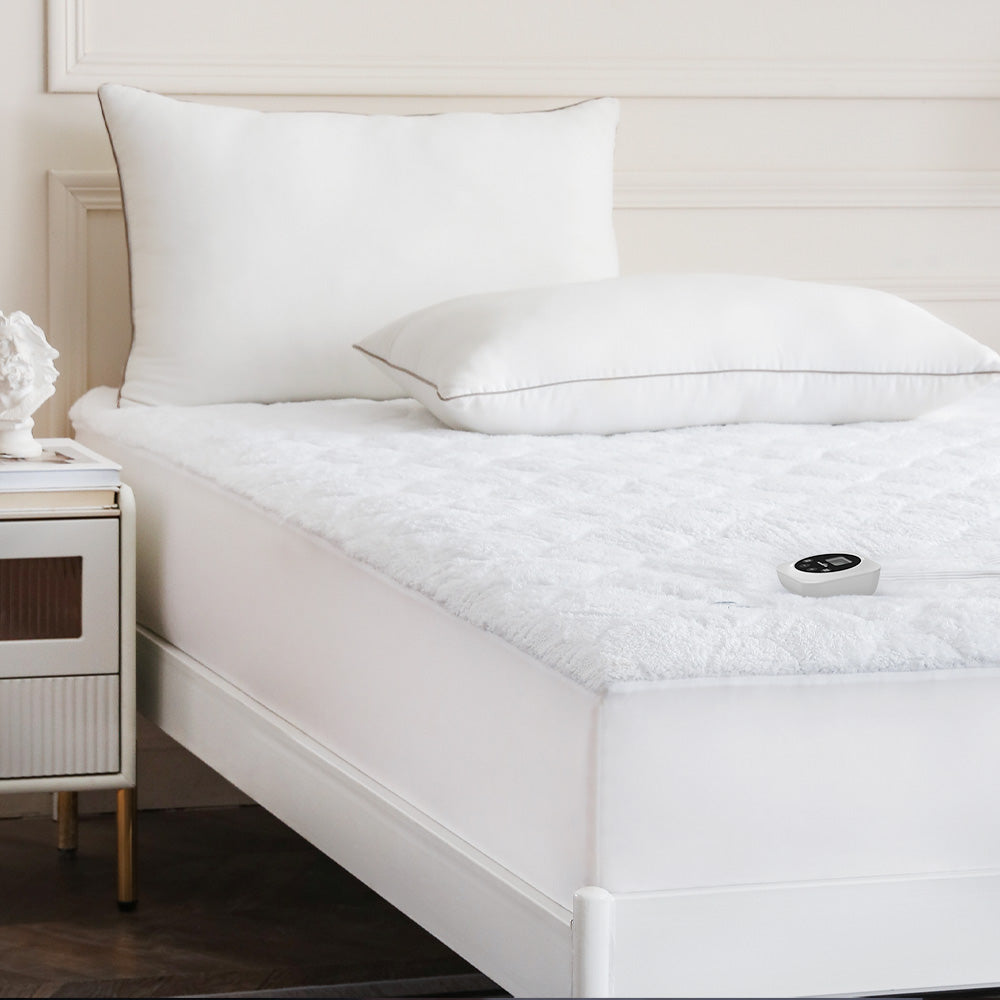
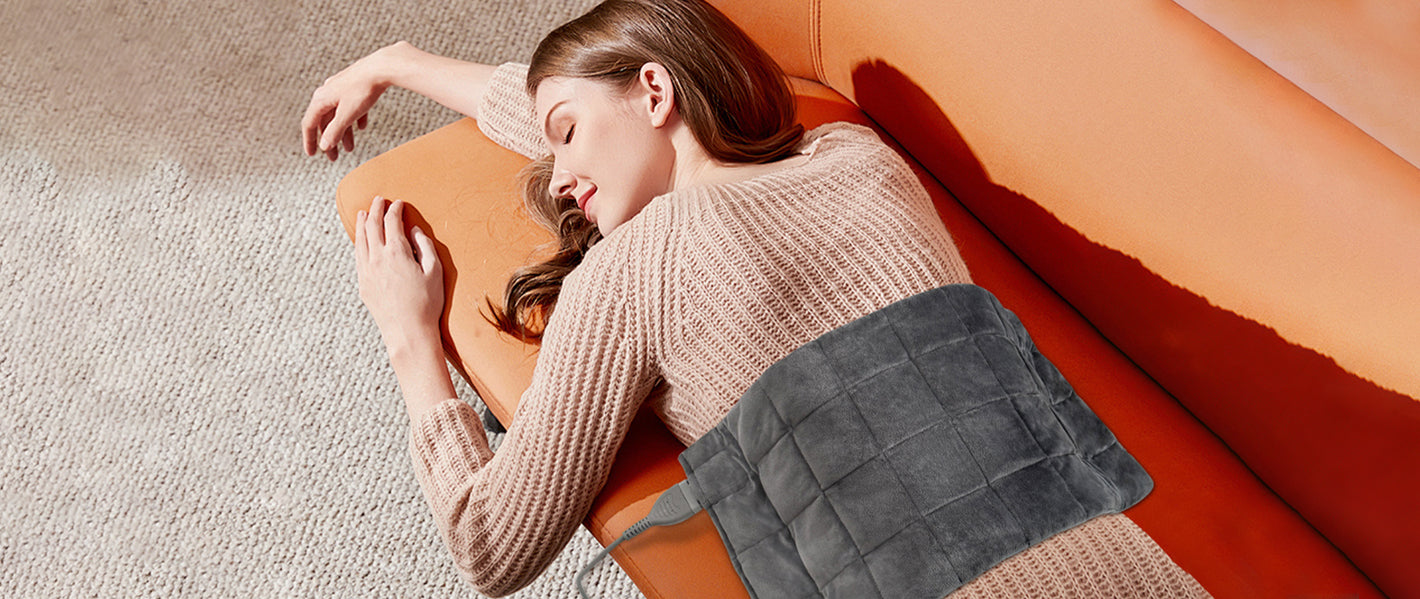
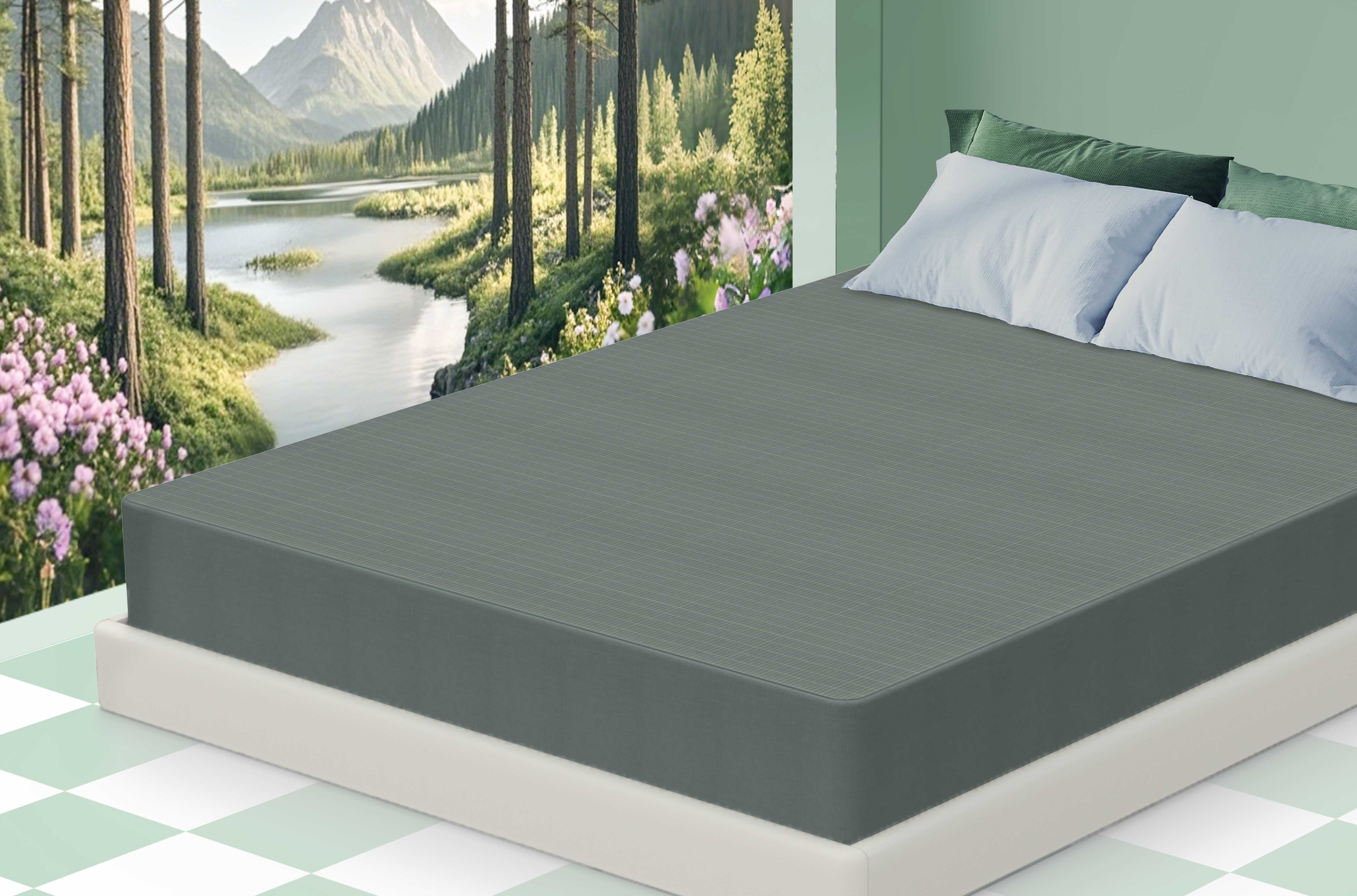

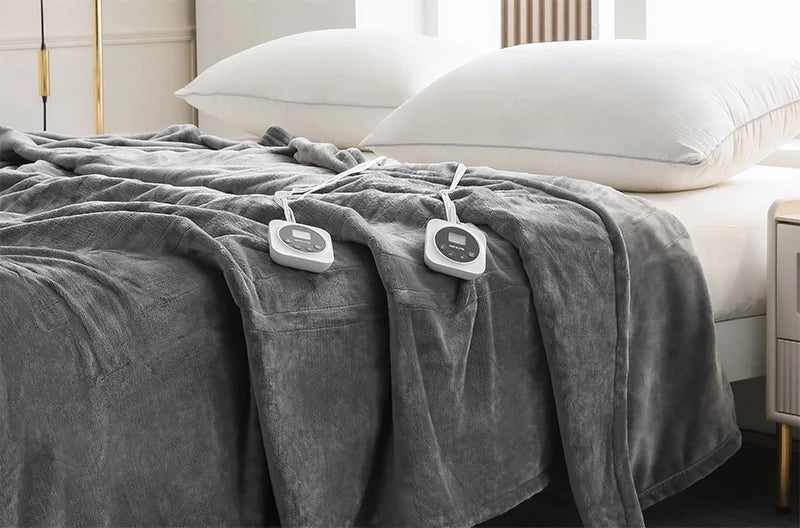

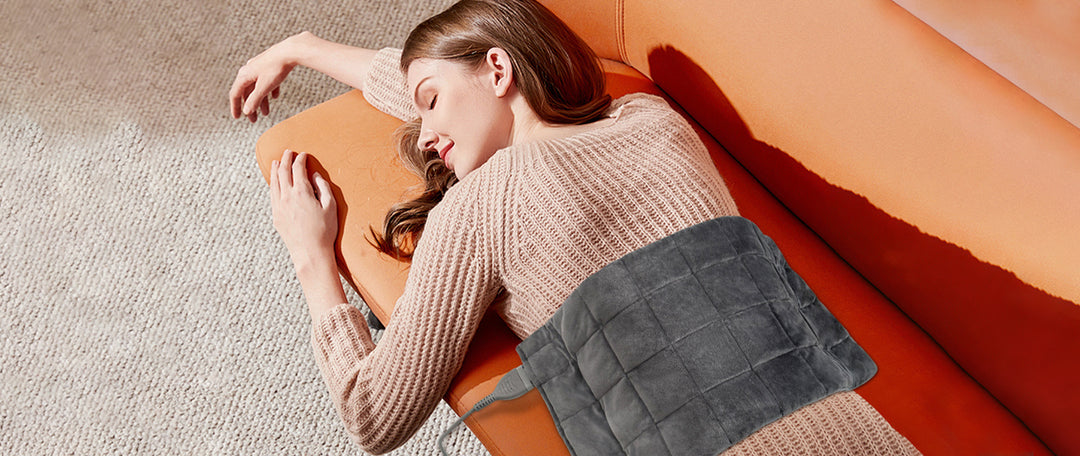
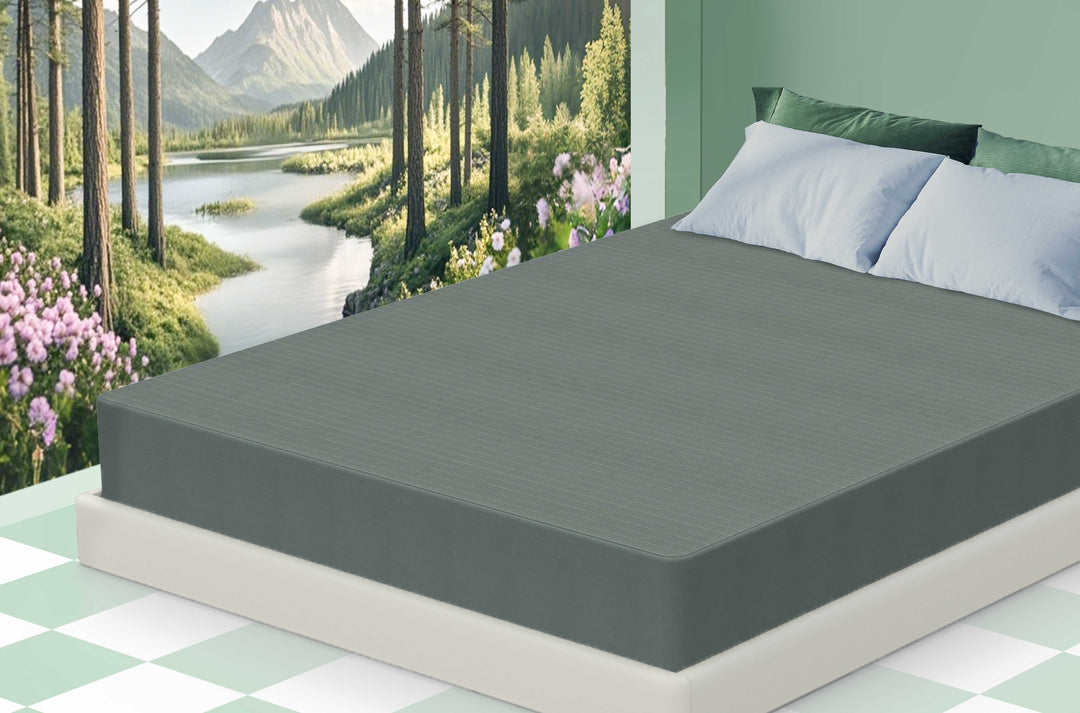



Leave a comment